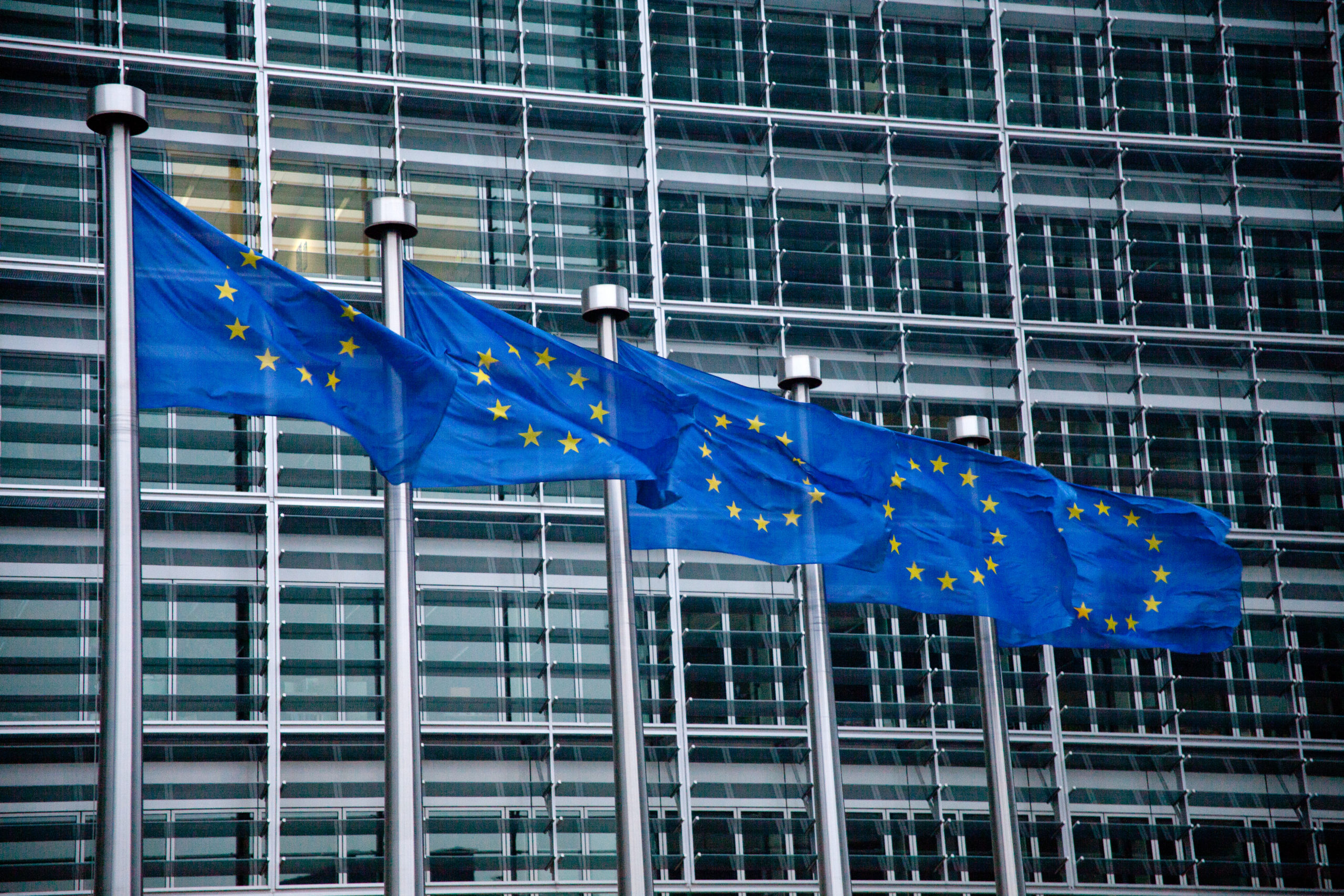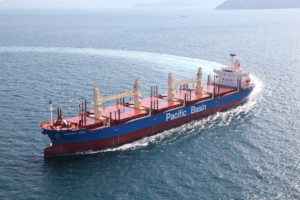
The European Parliament and Council have reached a deal on cleaner maritime fuels, asking to cut ship emissions by 2% as of 2025 and by 80% as of 2050, to help the EU become climate neutral.
This would apply to ships above a gross tonnage of 5000, and to all energy used onboard in or between EU ports, as well as to 50% of energy used on voyages where the departure or arrival port is outside of the EU or in EU outermost regions.
Members of the European Parliament also ensured that the Commission will review the rules by 2028 to decide whether to extend emission-cutting requirements to smaller ships or to increase the share of the energy used by ships coming from non-EU countries.
According to the preliminary agreement, containerships and passenger ships will be obliged to use on-shore power supply for all electricity needs while moored at the quayside in major EU ports as of 2030. It will also apply to the rest of EU ports as of 2035, if these ports have an on-shore power supply. This should significantly reduce air pollution in ports, as the European Parliament says today.
Certain exemptions, such as staying at port for less than two hours, using own zero-emission technology or making a port call due to unforeseen circumstances or emergencies, will apply.
EP rapporteur Jörgen Warborn said: “This agreement sets out by far the world’s most ambitious path to maritime decarbonisation. No other global power has drafted such a comprehensive framework to tackle maritime emissions. This is truly ground-breaking.”
“This regulation will force others to move too. Europe will do its fair share, but European citizens and companies should not foot the bill for the entire world’s climate efforts.”
The informal deal on sustainable maritime fuels rules still needs to be approved by the Council Committee of Permanent Representatives and Parliament’s Transport and Tourism Committee, and then the Parliament and Council as a whole.
The new rules on alternative fuel infrastructure and maritime fuel are part of the “Fit for 55 in 2030 package”, which is the EU’s plan to reduce greenhouse gas emissions by at least 55% by 2030 compared to 1990 levels in line with the European Climate Law.



